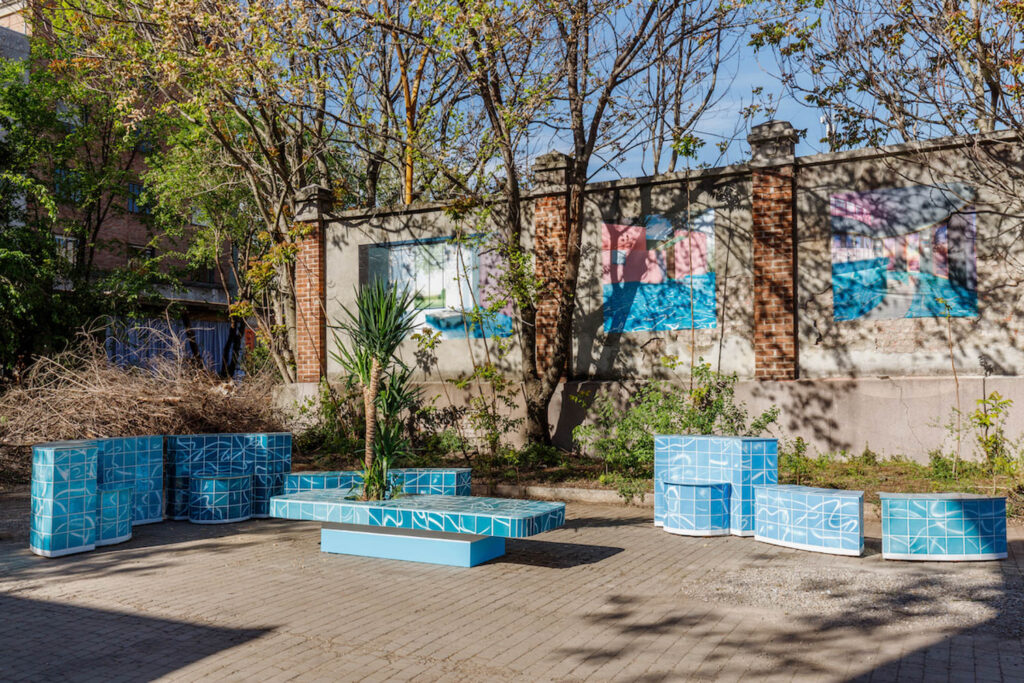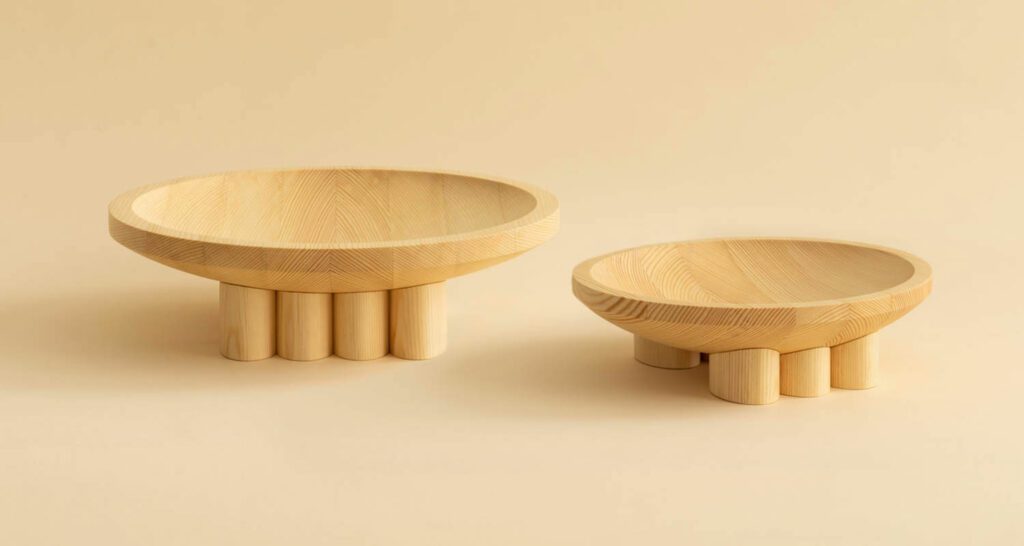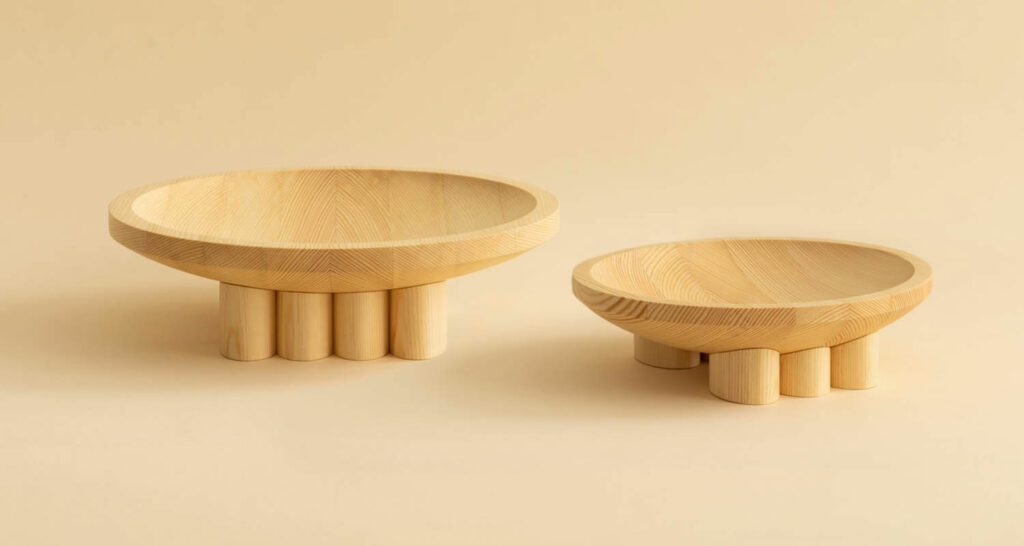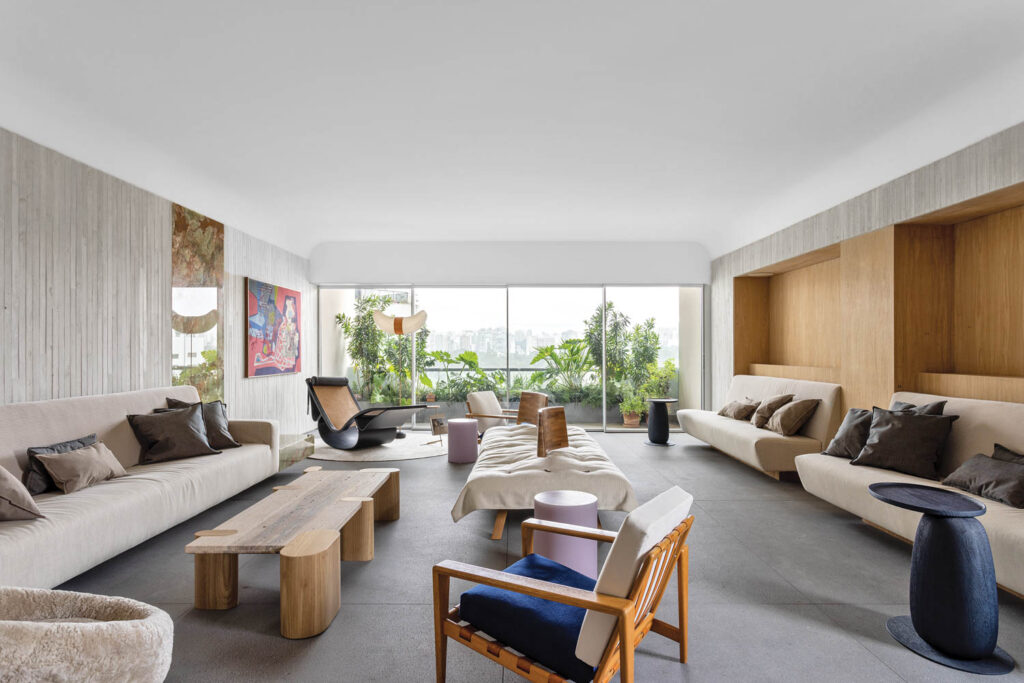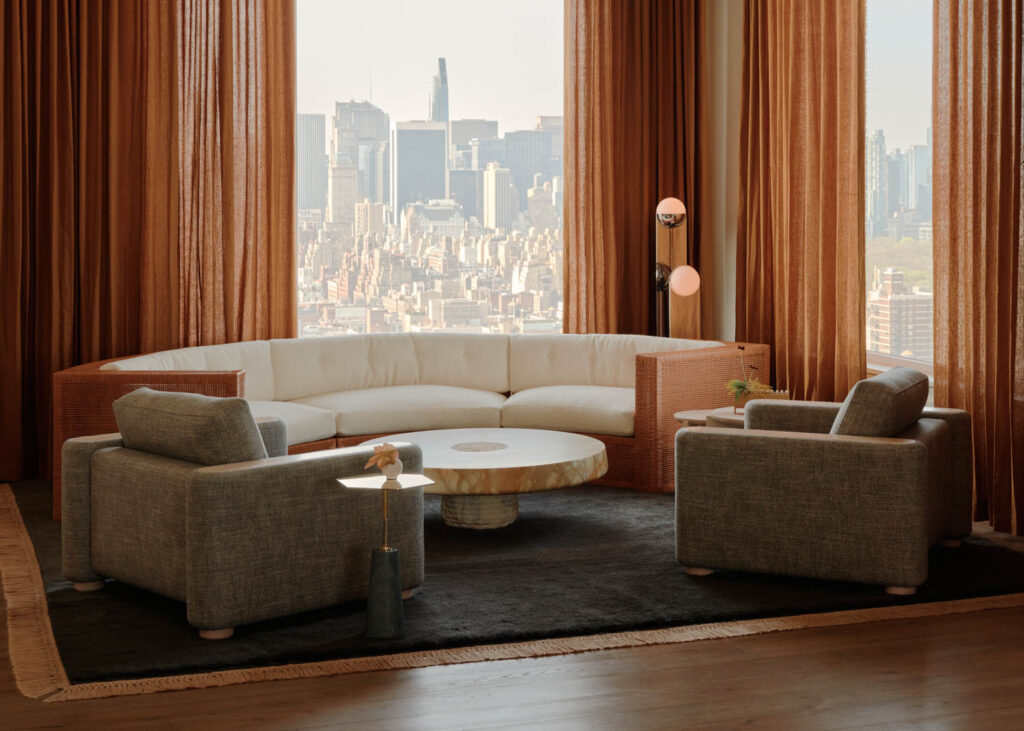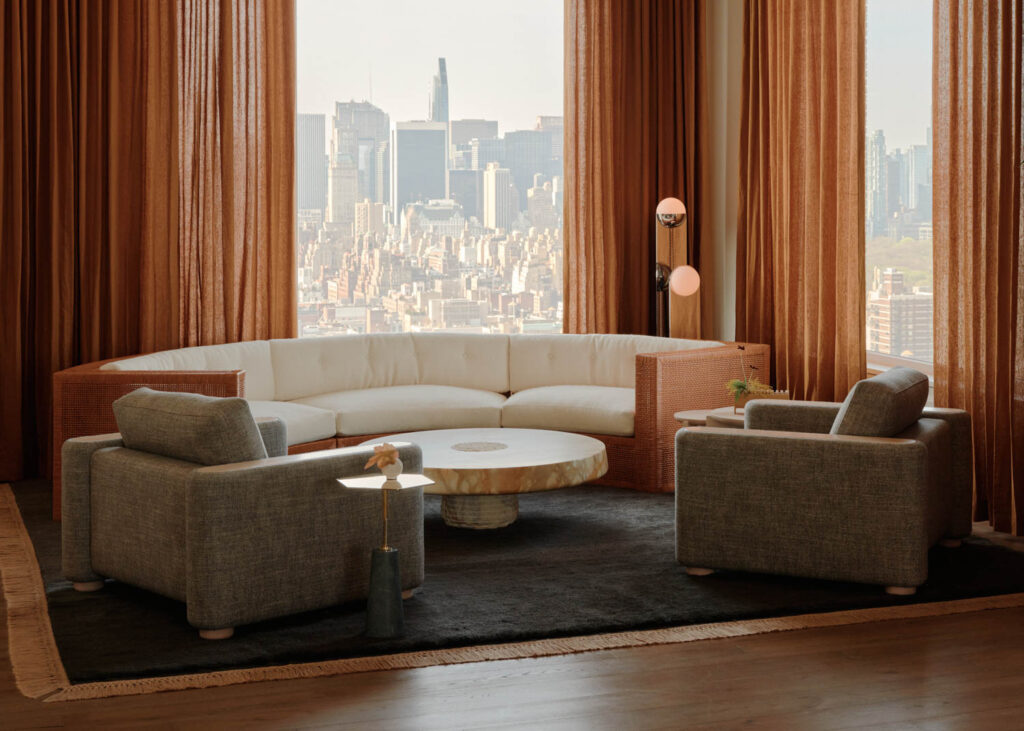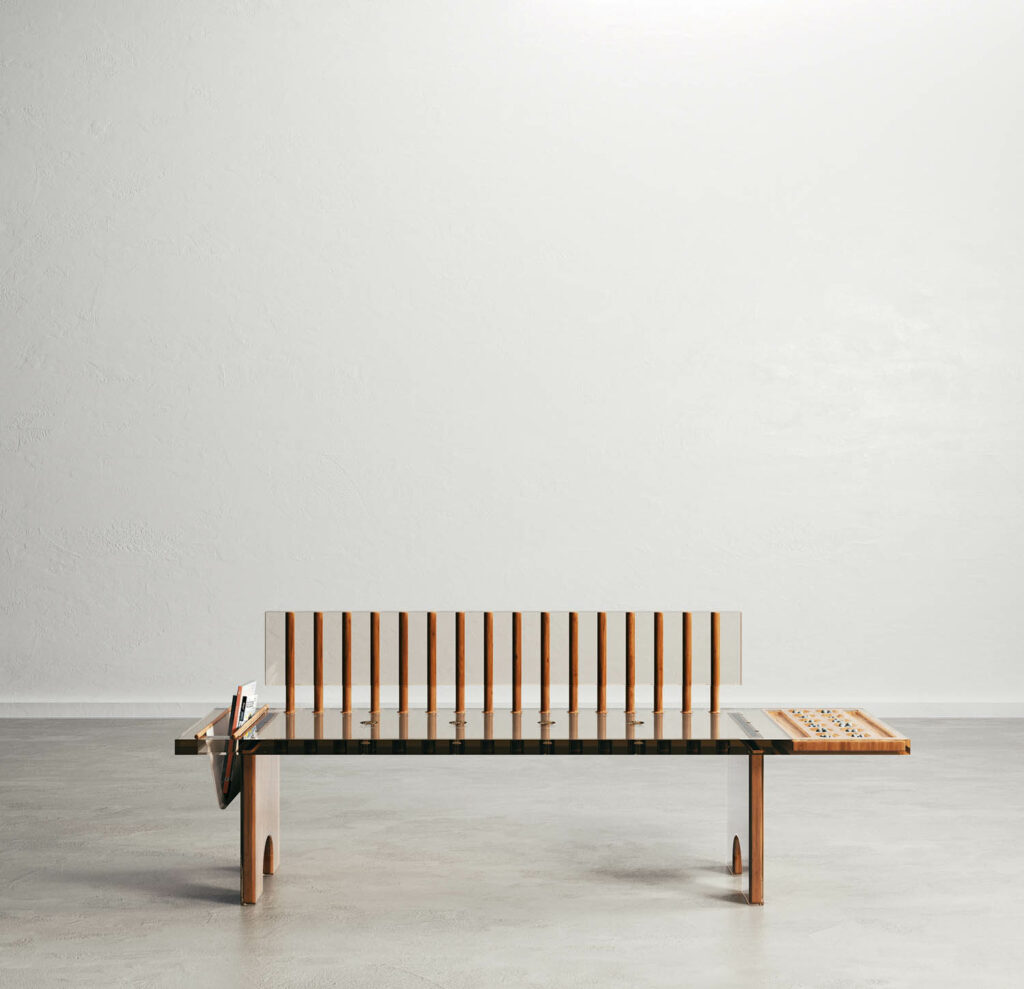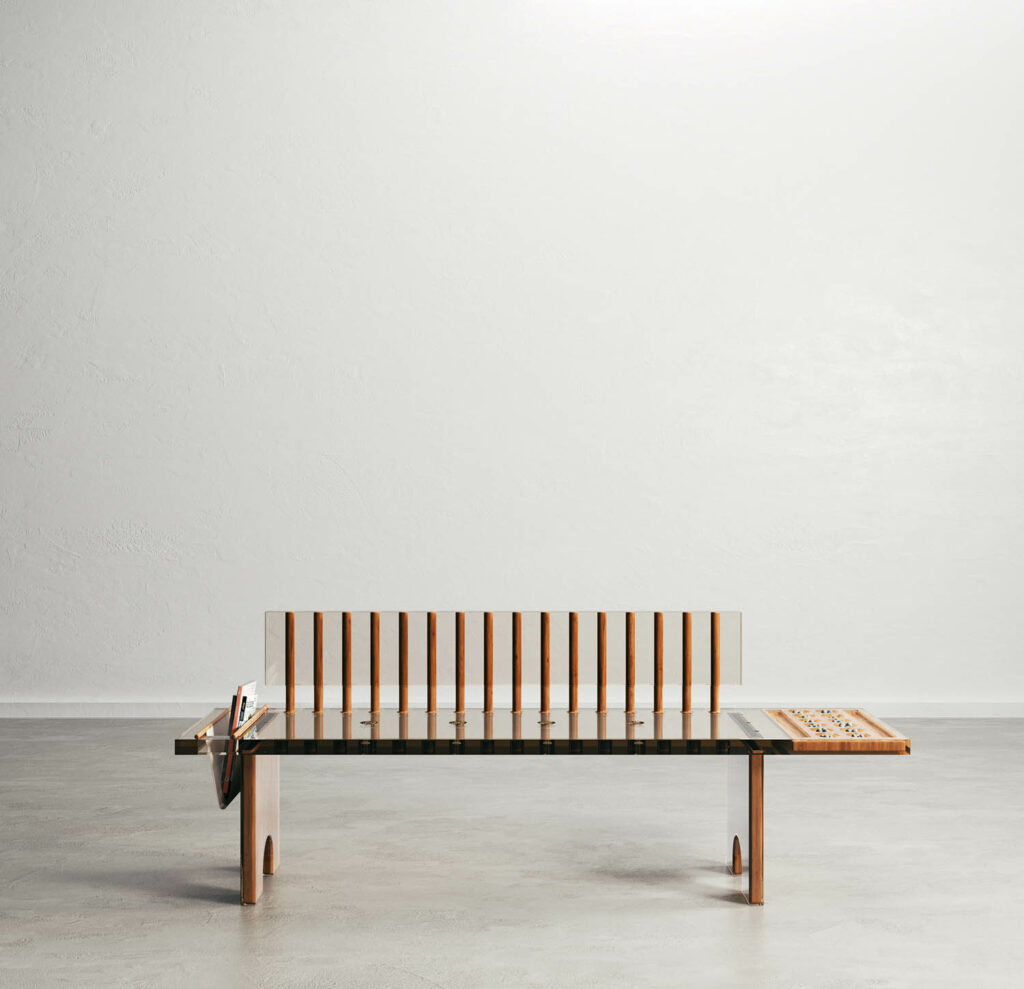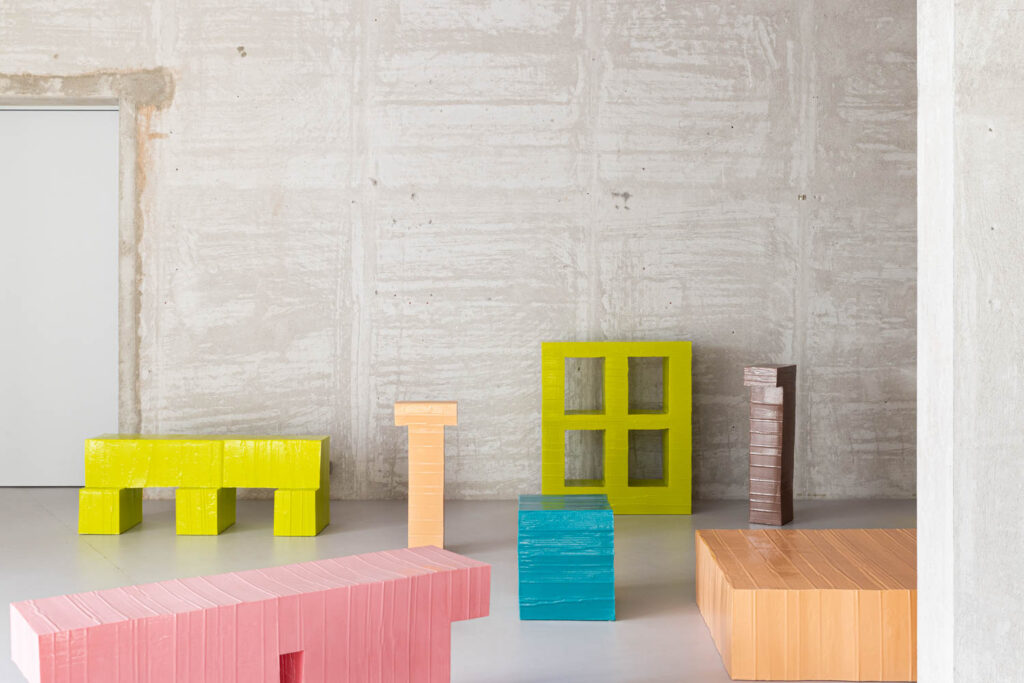
10 Questions With… Marco Campardo
London-based designer Marco Campardo is funny and disarmingly honest. As he talks with me, he smiles and peppers in humorous remarks like: “My career is in your hands now.” Born and raised in the seaside town of Jesolo near Venice, Italy, Campardo studied product design at Università Iuav di Venezia in Venice (a course he says was very “human-oriented” and covered the history and culture of design). He also worked as a graphic designer for several years before something “switched in his brain” and made him want to start doing things in 3D. In 2019 he moved to London and set up his own studio.
Earlier this year, Campardo was the second recipient of the London-based Ralph Saltzman Prize for emerging product designers and his work shown in the Design Museum there. He is just back from Fuori Salone in Milan where he showed a seating collection for AMO, a new platform by Ambra Medda and Veronica Sommaruga.
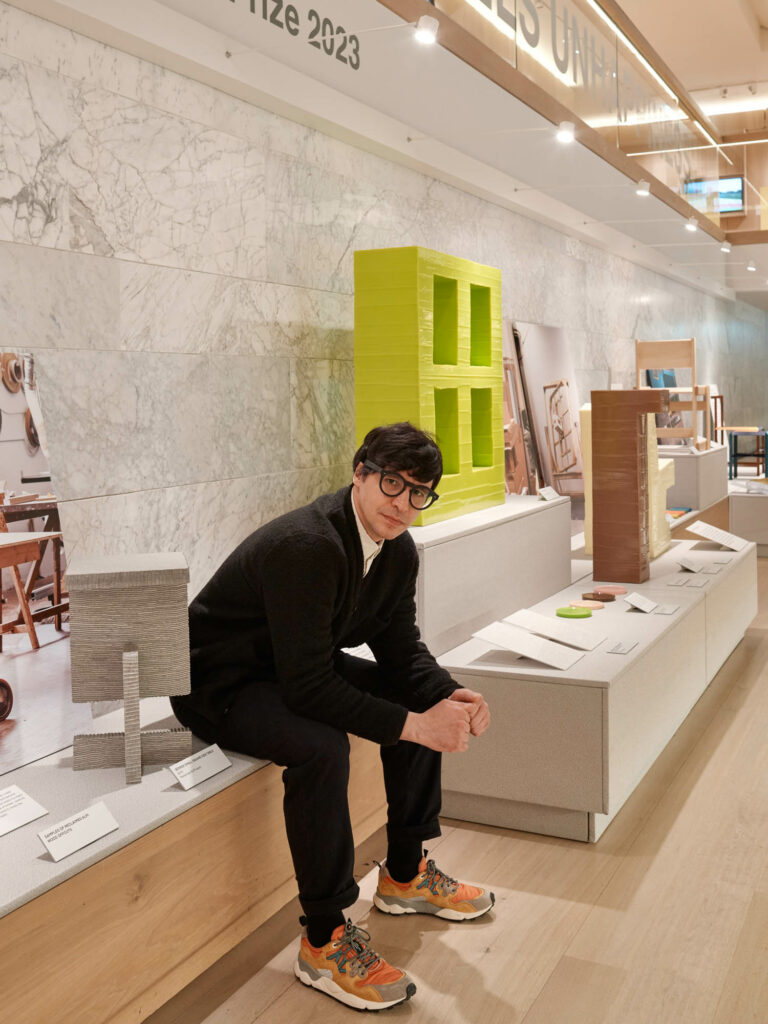
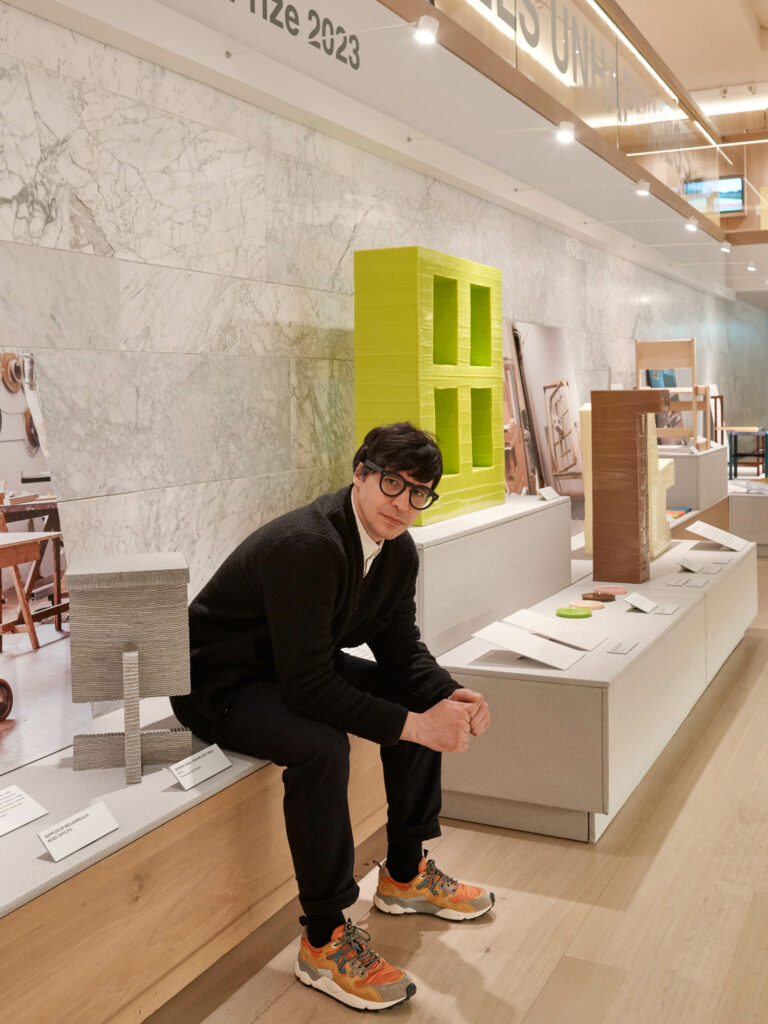
Interior Design talks to Campardo about the beauty of process-driven design, producing experimental pieces in lo-fi, and why moving to London has been the “greatest gift he could have imagined”.
Marco Campardo Shares Insights into His Creative Process
Interior Design: Your work seems process-driven rather than aesthetically-driven. I’ve heard you don’t do patterns or decoration.
Marco Campardo: I don’t but because it just doesn’t come to me. I don’t know how to do those things! My dream, like that of most designers and artists, is to bring something new into the world. And if not necessarily new, then something different. And I am much more captivated and excited by processes and creating pieces whose appearance is determined by that process or a specific technical device than by an aesthetic decision. Working in a process-driven way helps me not only understand the world better, but it means I don’t have to deal with the aesthetic question!
ID: Can you give me a specific example of this approach?
MC: Take my Jello collection for instance. I would say 99% of the time I spent working on that project I was resolving production issues. I didn’t pick up a pencil and draw the piece first. I did the opposite. I developed a process with a method that was quite unusual and from there I determined which shapes and forms could be made using that process. I was trying to answer certain questions along the way. Such as, is there a way to make a mould that costs 5, 10, 20 or 50 euros instead of 2,000 euros? The answer was cardboard. What should I do to stop the cardboard sticking to the polyurethane I poured in? The answer was to use packing tape. The look I obtained at the end was the result of a process of back and forth and not of an aesthetic requirement.
ID: If someone asked you to design a piece of furniture in a specific material how would you feel?
MC: I would do it, but I would feel utter desperation at the prospect. If someone asked me to make something in ceramics, for instance, I would feel overwhelmed. The same with glass. A friend once told me about this amazing museum in Syria that covers 5,000 years of glass history. So basically everything that’s ever been made. What could I do that hasn’t already been done? I wouldn’t say no. I would do it, I would put my all into it, but I wouldn’t feel these projects were giving me the space to do what is interesting to me. My approach is also about creating a bit of space in a world where everything is somewhat generic and immediate. A world where it’s increasingly difficult to forge your own identity.
ID: Your dad is a carpenter. How did that influence you as a child?
MC: I only understood later on how much that helped make me the designer I am now. When I was growing up I would ask my dad if I could have a mini 4WD, a swing, a slide, or a treehouse and he would always say yes. We never went out and bought those items, we made them in his workshop instead. We always used very humble materials that he had left over or things you could buy in any DIY store. And so I had these different experiences of working and experimenting with wood, metal, cement and different techniques at a very early age. Later, when I realized I was interested in the world of product design, it all started coming back to me. I realized I already had a lot of this knowledge as it had been passed on to me by my father as a child.
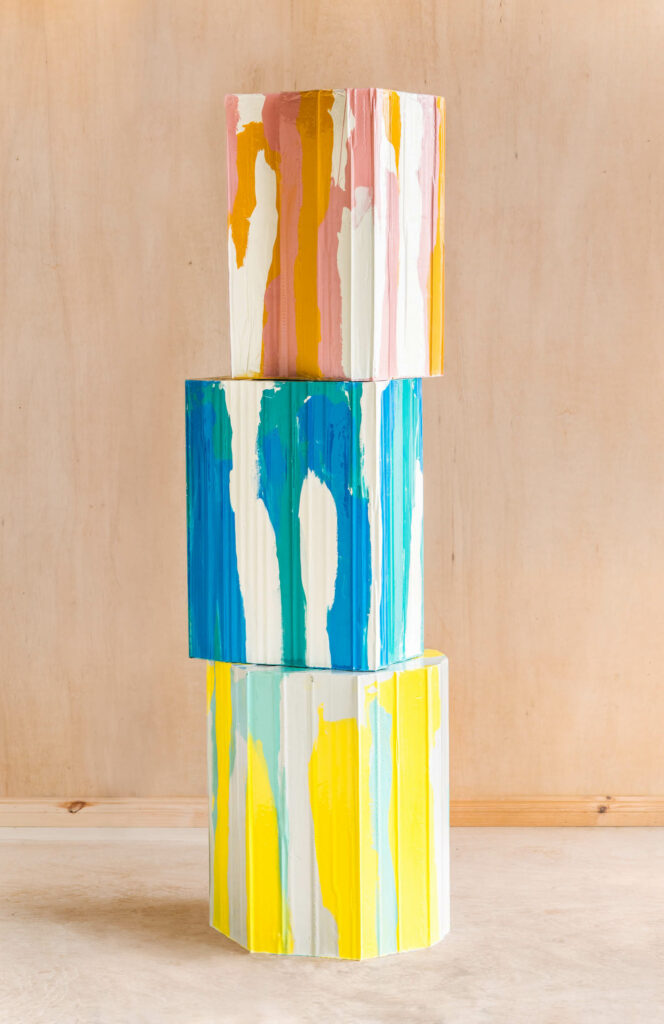
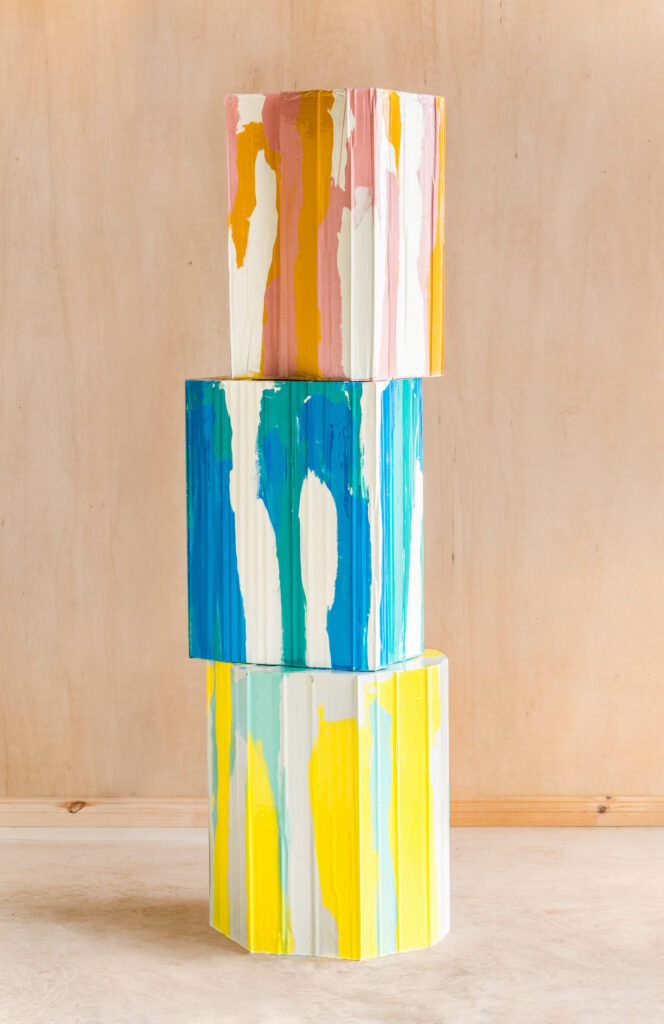
ID: You made the prototypes for George, a collection for SEEDS London gallery, with your father, right?
MC: Yes, I engineered, built and made the first table—the first prototype—with him. I had been in contact with wood veneer manufacturer Alpi about a collaboration for which they were going to give me virgin material. But then I thought about the fact that designing specific shapes or objects is not really my thing, so what would there be of me in this piece? When I found out they had an entire warehouse full of offcuts that were never going to get used, I brought some of them home. Working with my dad was almost like going back to school. We used a process similar to cross laminating and did a lot of research on how best to glue the layers of material, how stable they had to be. If you glue panels without thinking about how they need to move, then when it is humid they move and the whole thing warps! So there was a lot of research involved, which we did together.
ID: Your work shows an openness to material experimentation. You don’t run the risk of being typecast as a designer who only works with one material!
MC: I think it’s because I’m a very curious person and sometimes when I feel stuck and have no ideas or don’t know what to do, I just switch the material I am using. Like when I decided to try making something out of isomalt (an artificial sweetener) and ended up using it to bind together these display stands I made for Selfridges department store last year. I am very attracted to the flexibility of not having to use a specific material. Having said that, I like all materials, though some terrify me.
ID: Are you concerned by the issue of sustainability in your work?
MC: Sustainability is obviously fundamental but it has to make sense. For a chair that will be used by several generations of the same family maybe it’s ok to use a material that will last forever but is harder to recycle. But for a window installation that will be around for two months, you should probably use cradle-to-cradle materials that you can fully recycle. There are design studios out there who make a big deal about being green and creating green prototypes but then when they are asked to make an 8,000-square-meter installation for an international art fair, they will use all new plasterboard and raw materials. That’s a bit odd I find. As designers we are always being asked about sustainability because it’s our job to think about the future and help shape it. But it’s a much more complex issue than just making a seat out of recycled plastic.
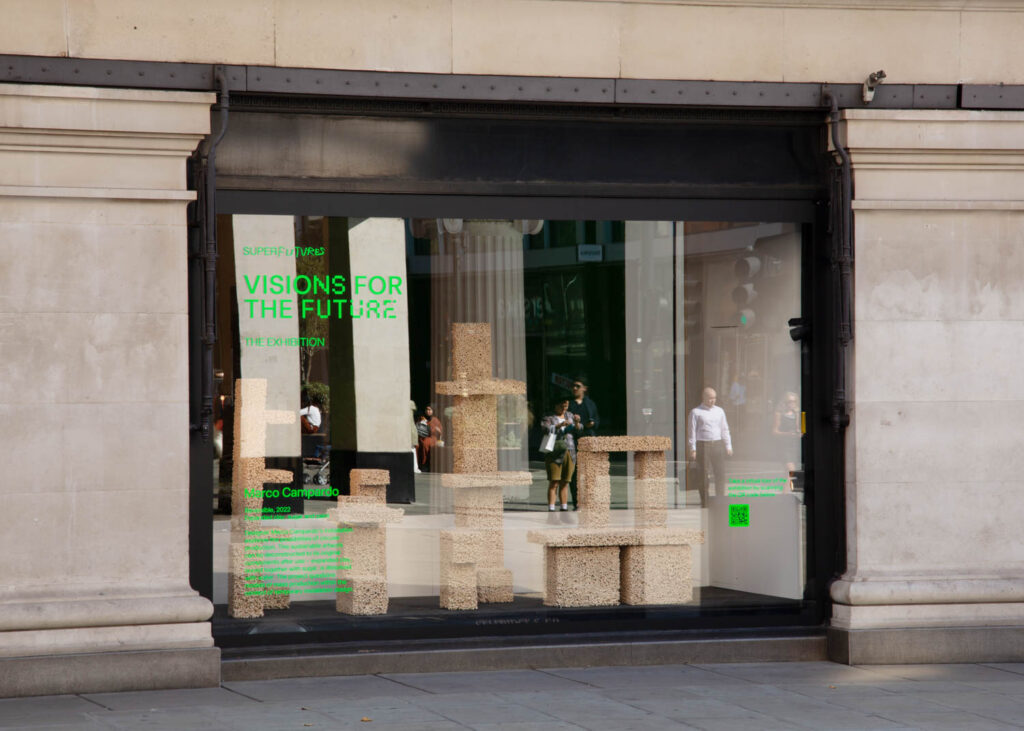
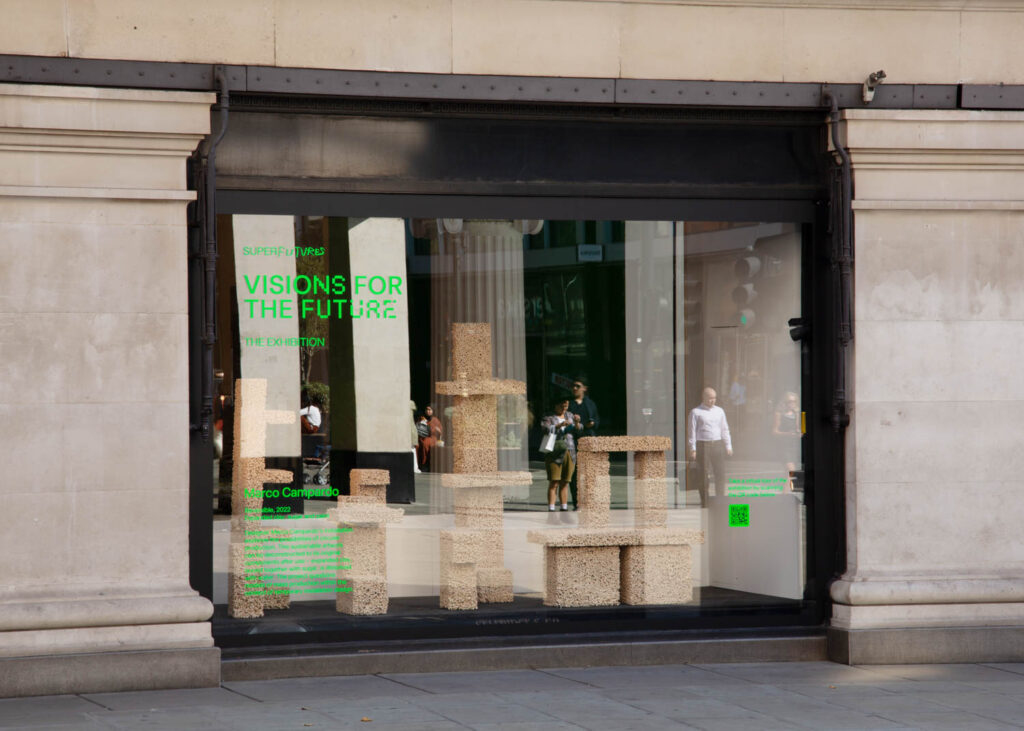
ID: I read that one of the most significant people in your life and career journey is Luca Lo Pinto, artistic director of the MACRO museum in Rome. Are these sort of mentors or champions important along the way do you think?
MC: Yes, absolutely. Luca was there during a moment of big change for me and gave me a lot of support and encouragement. He also asked me to make some stools for MACRO and that was a big deal. But working with him wasn’t the result of some sort of strategy. He was a friend first. That is why I always tell young designers who are starting out—and this is relevant for all creatives whether you are a designer, writer or product designer—sooner or later someone will knock at your door and if you have something to say, you need to be ready. That’s why you have to be consistent with your work and your research. Some designers are so busy seeking out new contacts that they create loads of expectation, perhaps too much. Then when the day comes that they are asked to show who they are, or say what you have to say, if there is no consistency in their work, if they don’t believe in the process, it will have all been for nothing. You need to be ready. And you don’t need loads of contacts. You just need the right ones.
ID: What do you think about the Italian design scene/sector? It has such an important history but no longer dares to innovate as it once did.
MC: I think this is not so much an Italian problem but a European one. It’s hard to find people who want to make the effort to really change things. To do so, you need to make sacrifices and go on a journey that is risky and eschews fashions or trends. What’s more, many companies are scared of taking risks. It’s no longer the 80s when the booming economy meant people could say “who cares, let’s just do it.” Now a company will think a million times before asking a 30-year-old to design a chair. I also think the education many aspiring designers receive leads to using methods that are less process-driven but rather based on fashions and aesthetics; things you could call a bit insubstantial.
ID: You moved to London in 2019 to be with your partner who teaches at the RCA, how does the city inspire you?
MC: London has been one of the most beautiful gifts. I came here when I was no longer that young, 37, and I had to reinvent myself from nothing to survive. I had closed my graphic design company in Venice and moved my entire life here. And building a business takes years as you know, so everything I have done, I have done since getting here. London is an ocean of sharks, and it put me in an uncomfortable situation. In uncomfortable situations, two things can happen—either you don’t make it or you react. Luckily, I reacted. So though London has been the most positive thing to happen to me, perhaps it’s the more negative side of London that helped me the most. In Italy I would have had it easier in terms of finding producers and quality of life, but I wouldn’t have been pushed to do everything I have done. Every day I feel like Rocky going up those steps. This is London, this is the beauty of it.

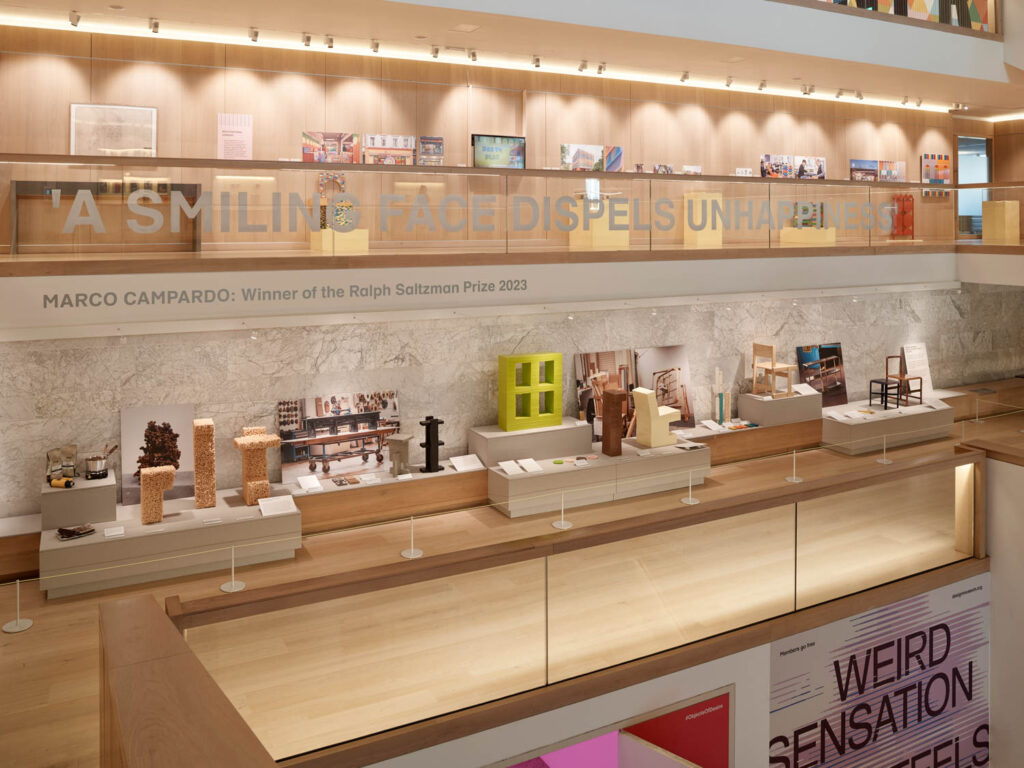

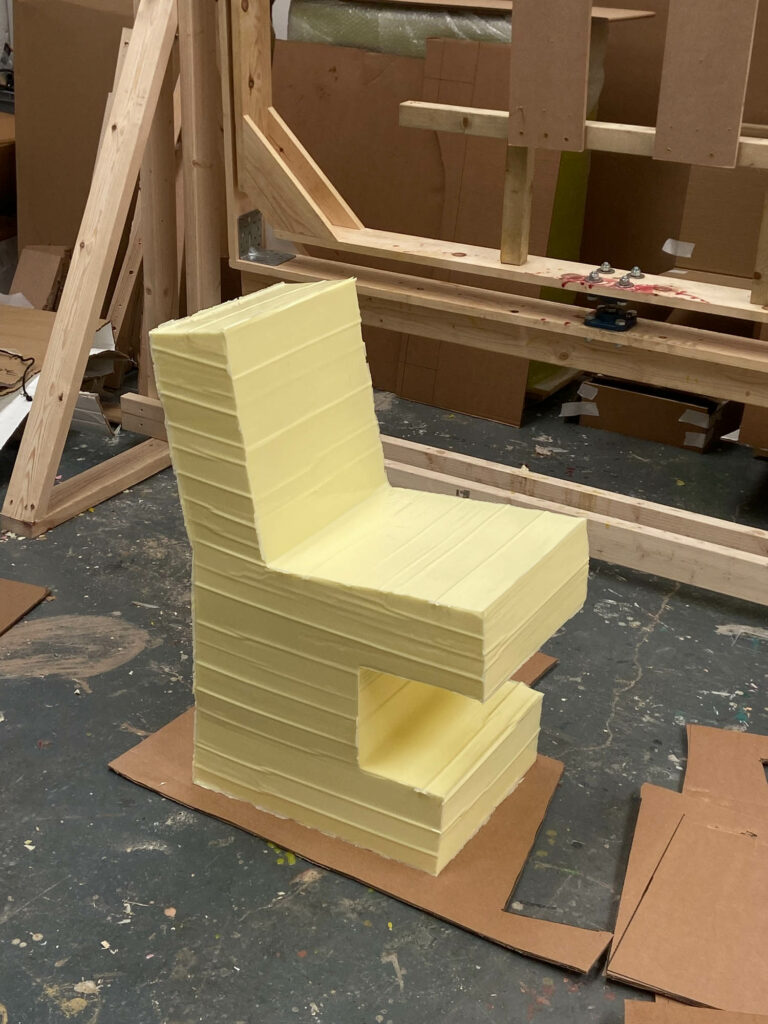


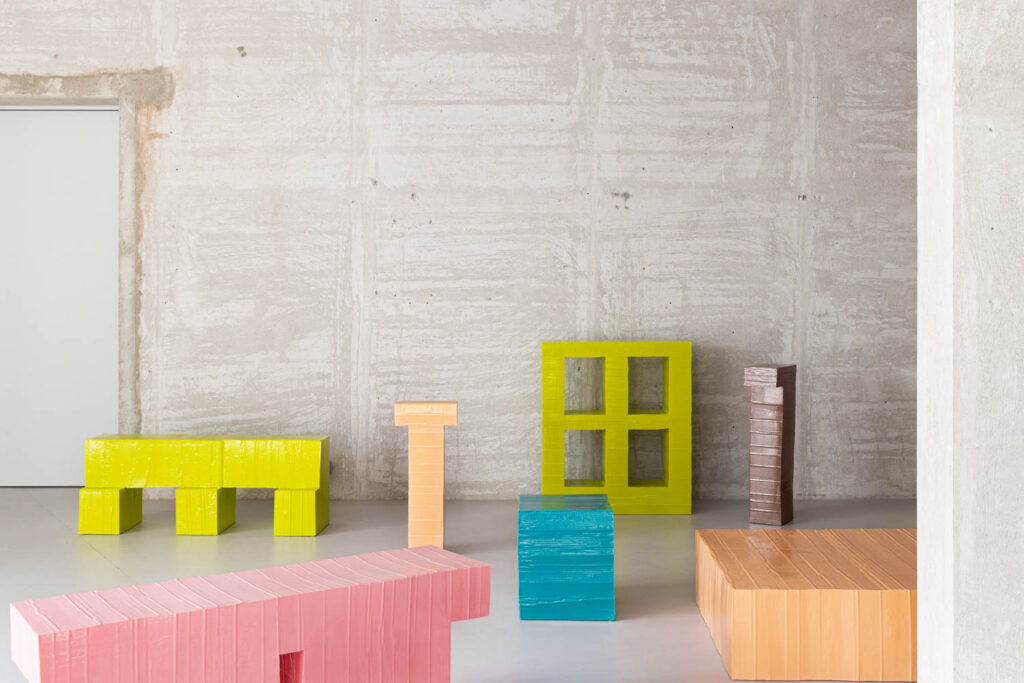
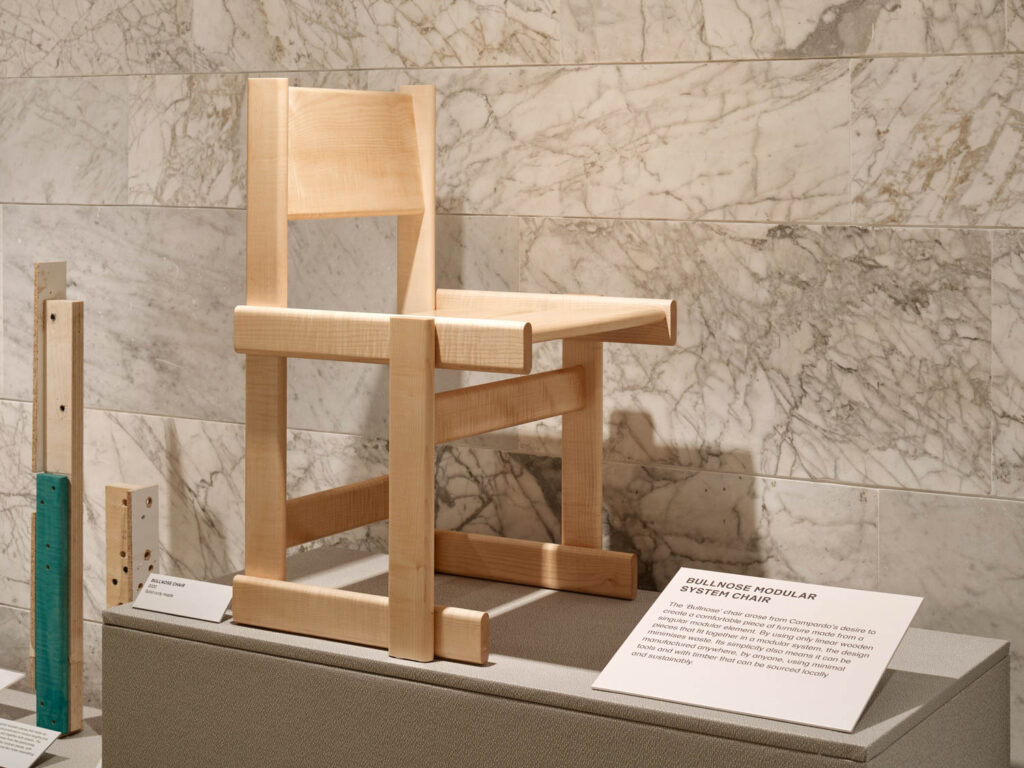
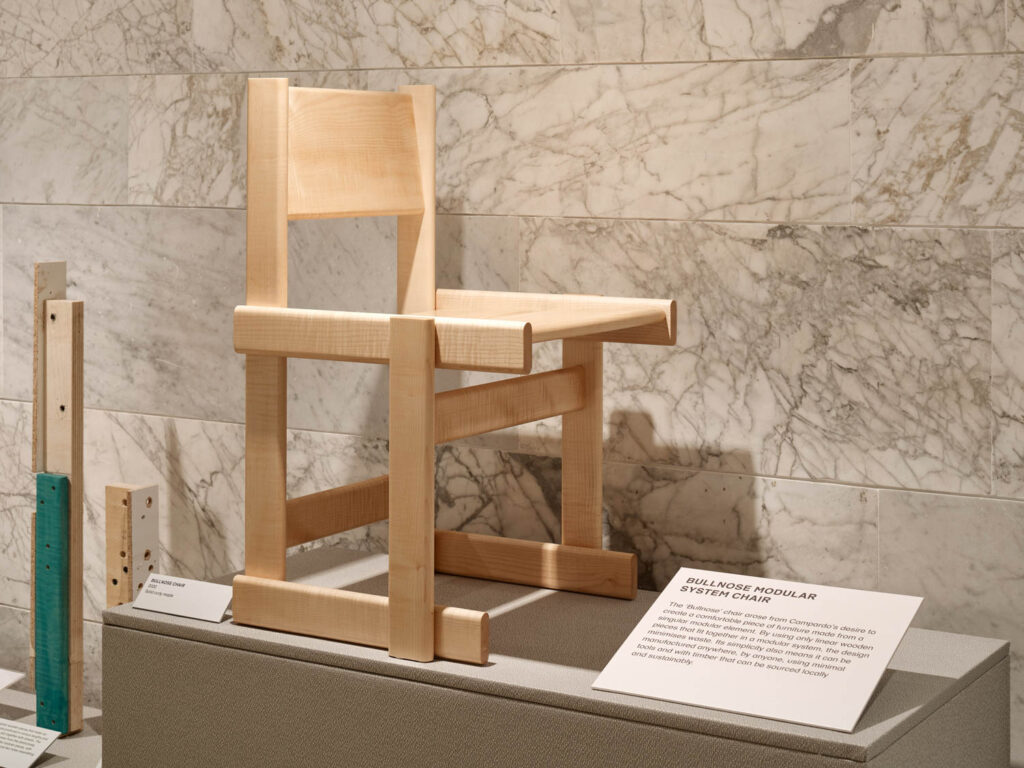
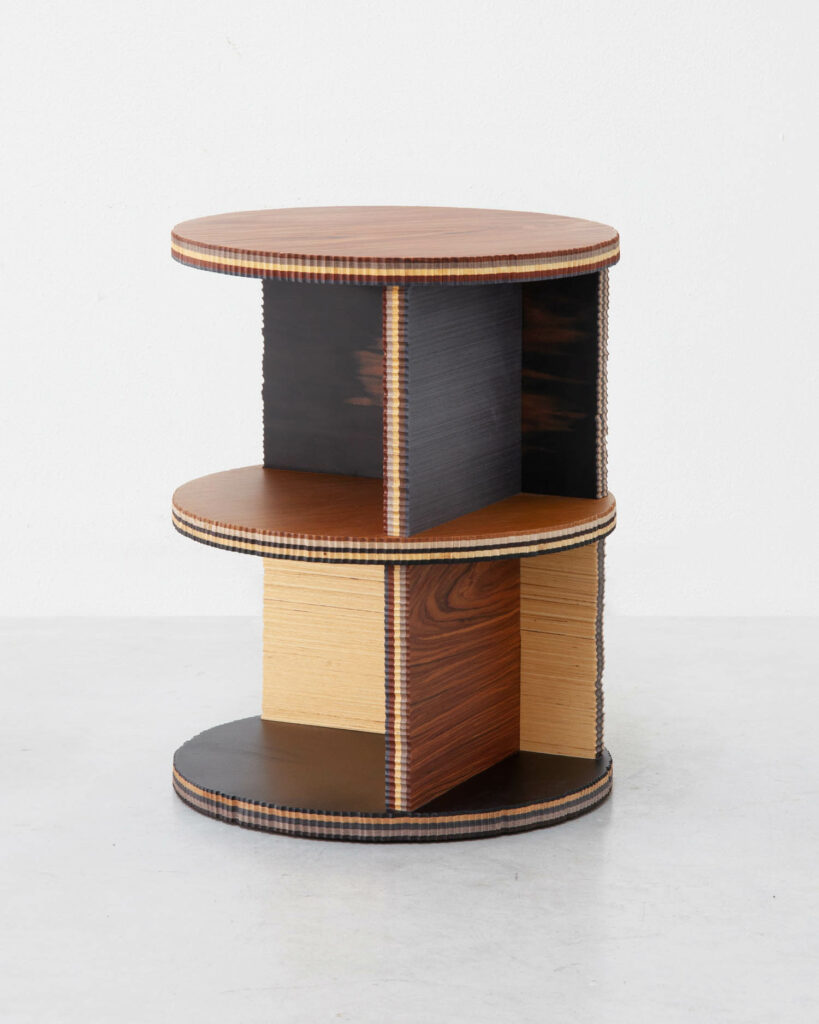
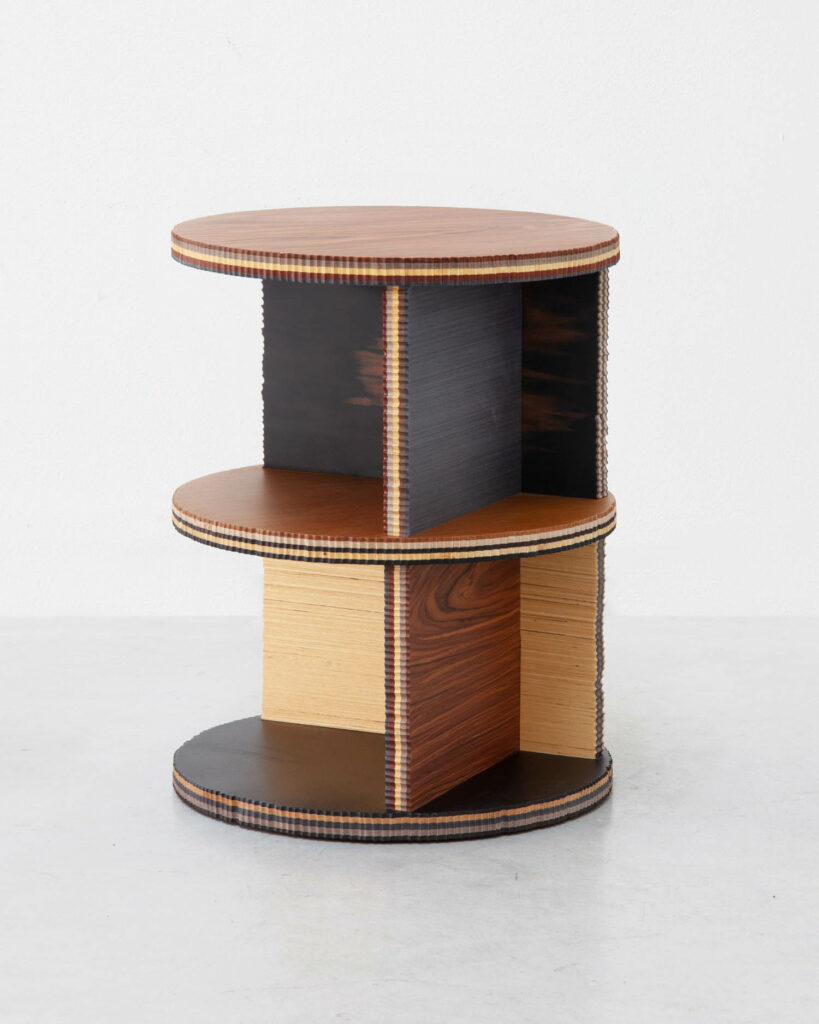
read more
DesignWire
Alcova Surprises in More Ways Than One at Milan Design Week
Alcova delivers on fun finds, from light fixtures that look more like a household pet to objects inspired by the humble rock, see highlights from Milan Design Week.
DesignWire
10 Questions With… Mac Collins
Interior Design sits down with artist and designer Mac Collins, winner of the Ralph Saltzman prize that celebrates emerging designers.
Projects
Pascali Semerdjian Arquitetos Employs Sustainable Wood Throughout This Spacious Home in Brazil
A beautiful example of cosmopolitan design, this home by Pascali Semerdjian Arquitetos is a standout among São Paulo apartments.
recent stories
DesignWire
7 Standout 2023 NYCxDESIGN Exhibits Worth The Buzz
Interior Design recaps a selection of the year’s outstanding NYCxDESIGN expositions, many of which are works by female-identifying designers and curators.
DesignWire
Meet the 2023 Gensler Brinkmann Scholarship Recipients
Emerging designers have a tall order to fill. See the 4 outstanding recipients of the 2023 Gensler Brinkmann Scholarship ready to take on the challenge.
DesignWire
10 Questions With… Josh Egesi
Minimalism is at the core of Nigerian designer Josh Egesi’s work. Here, he offers insights into his career, dreams, and design philosophies.
